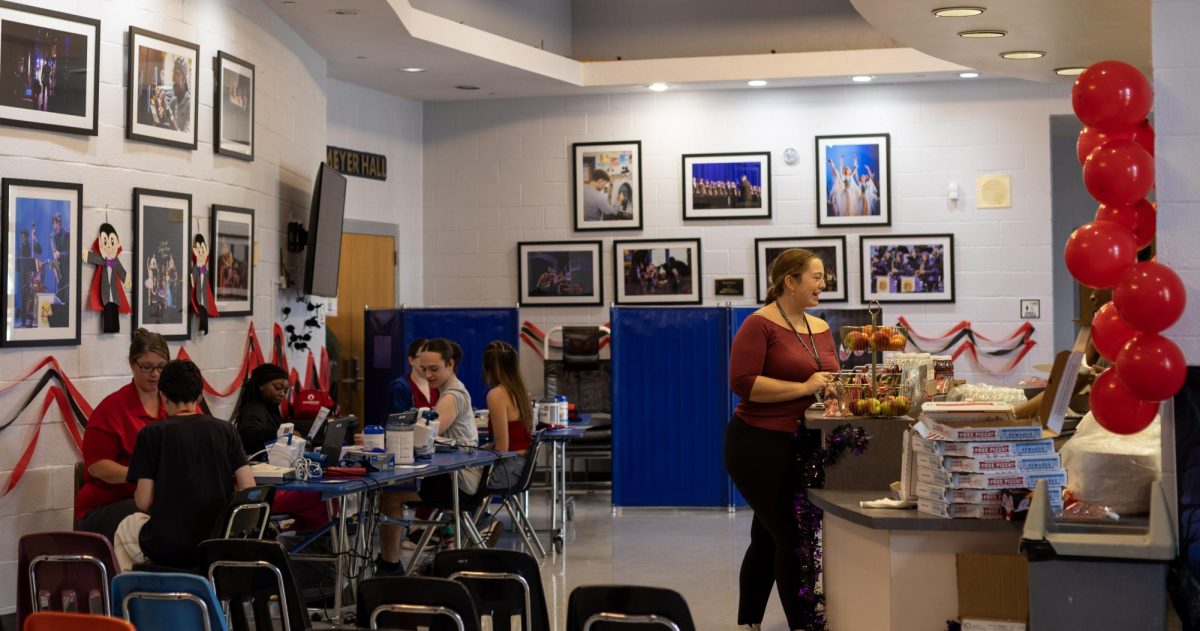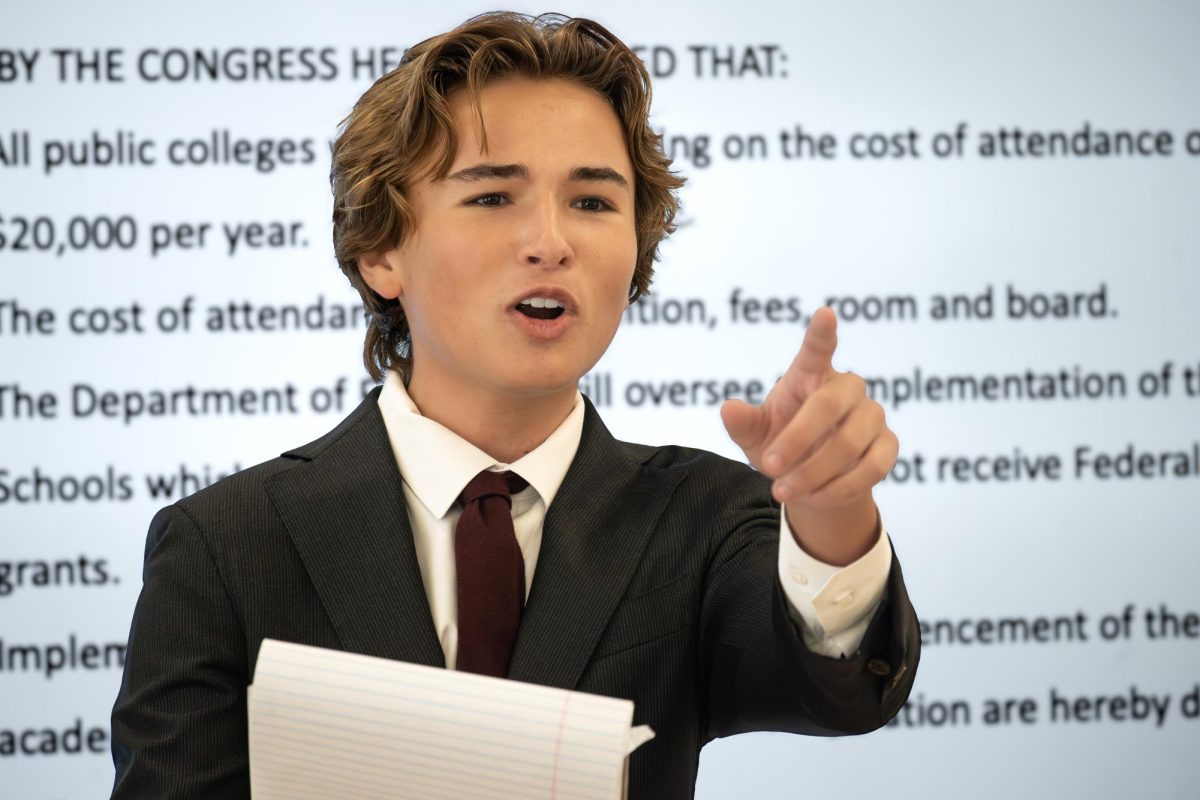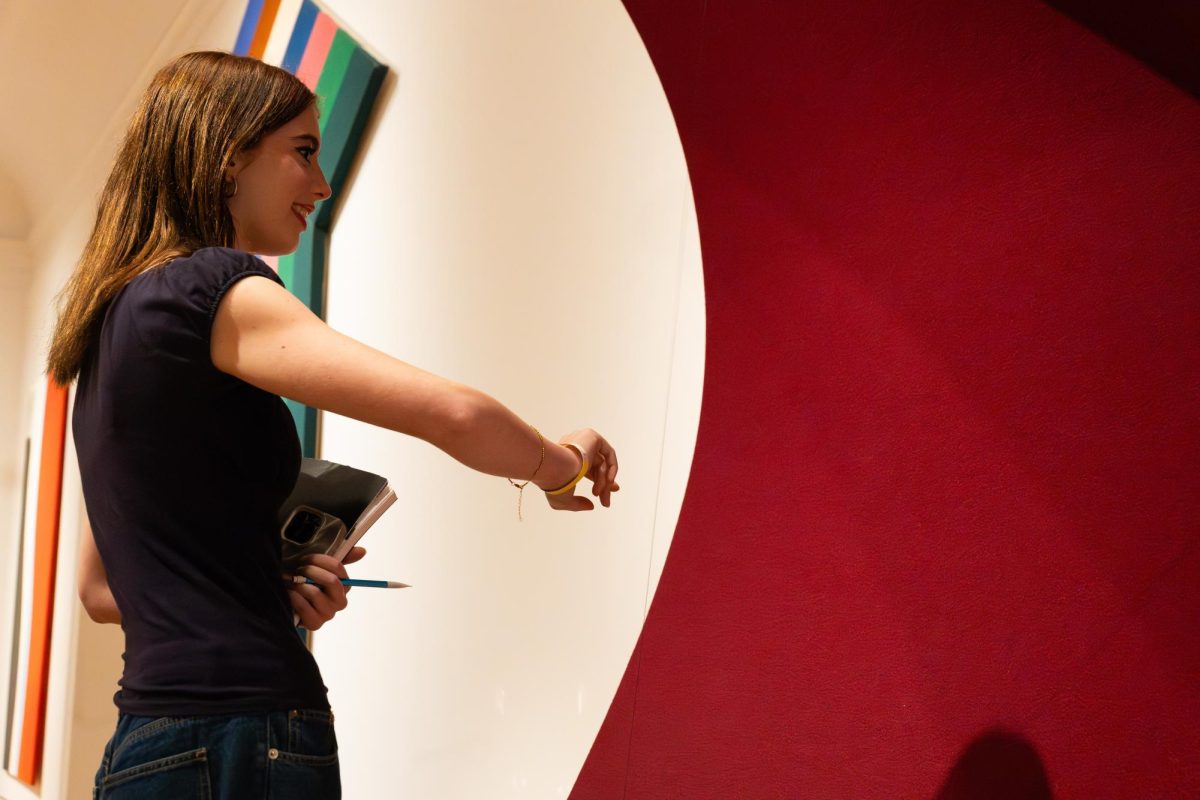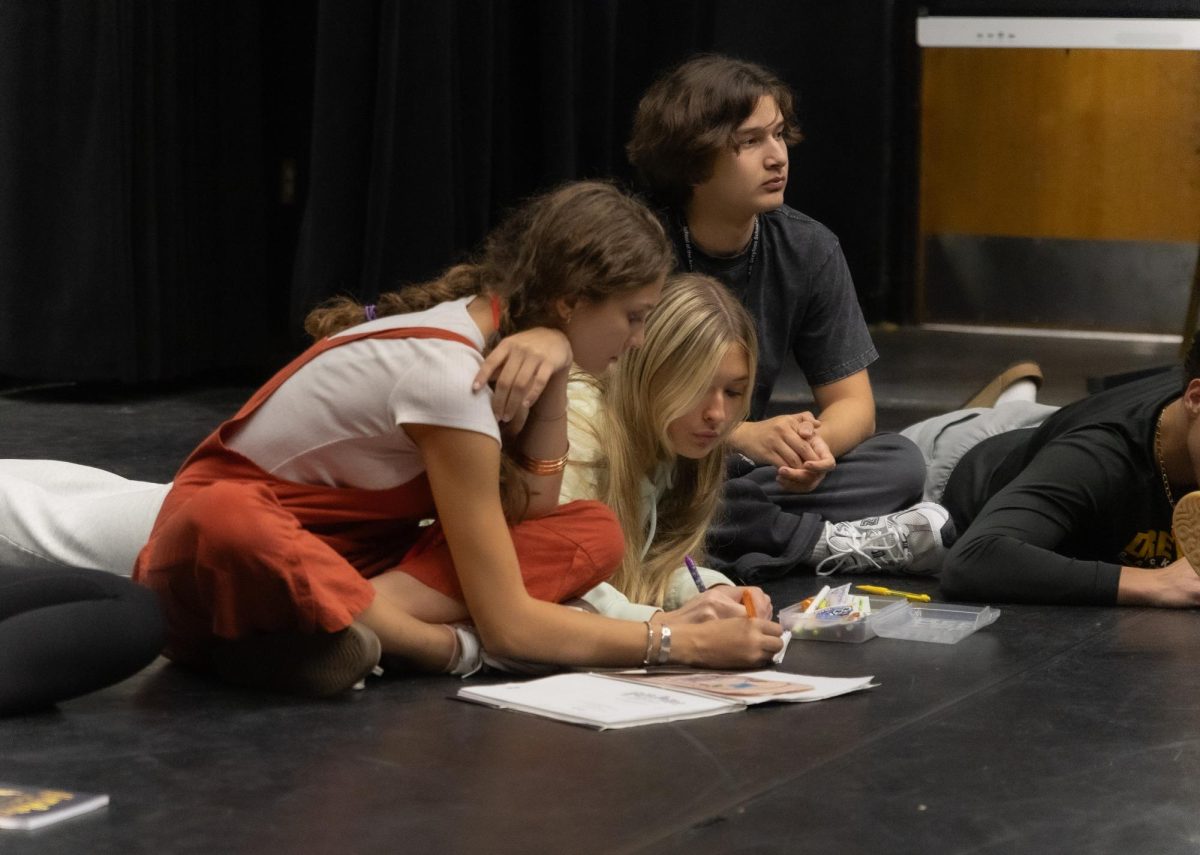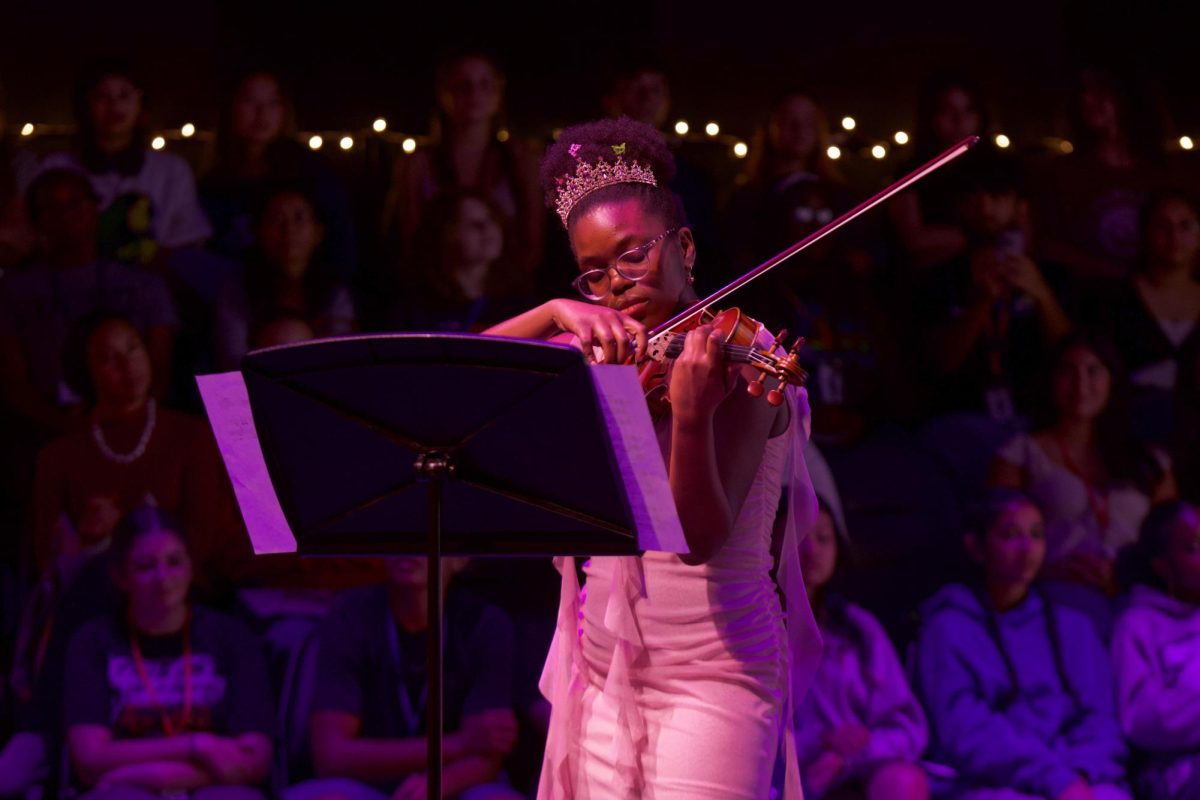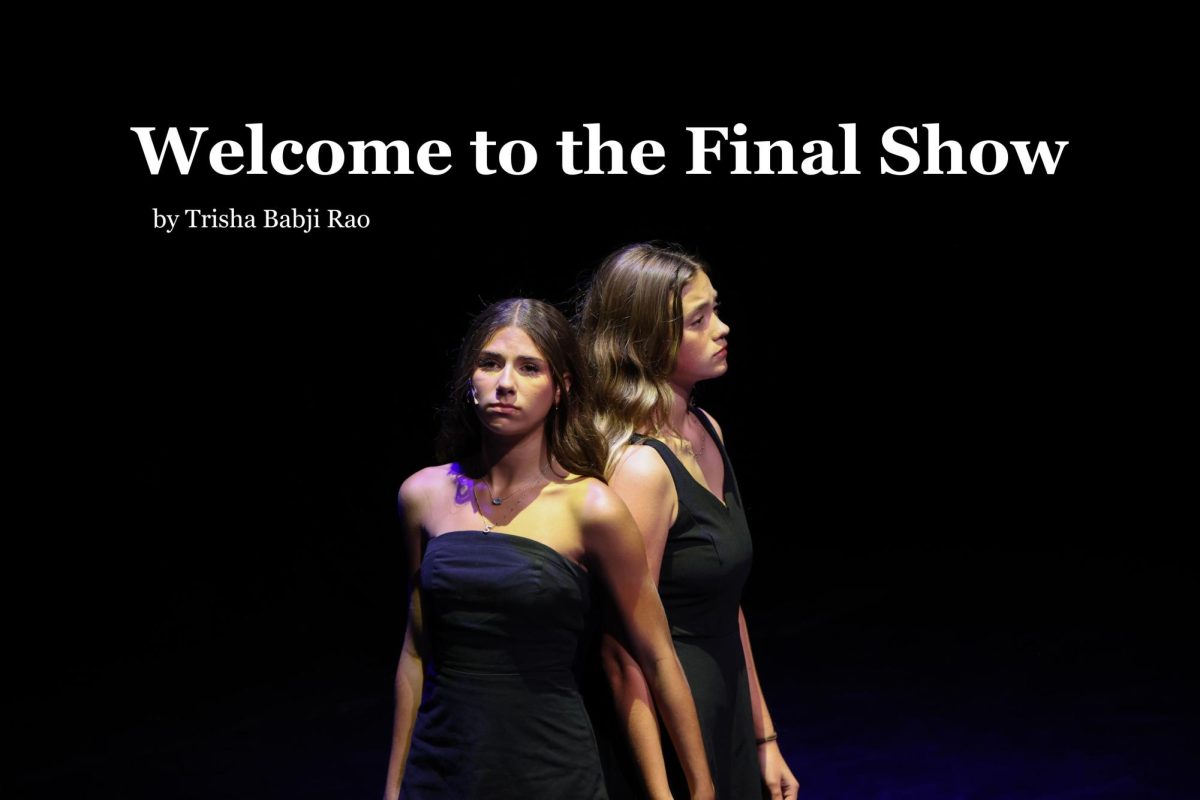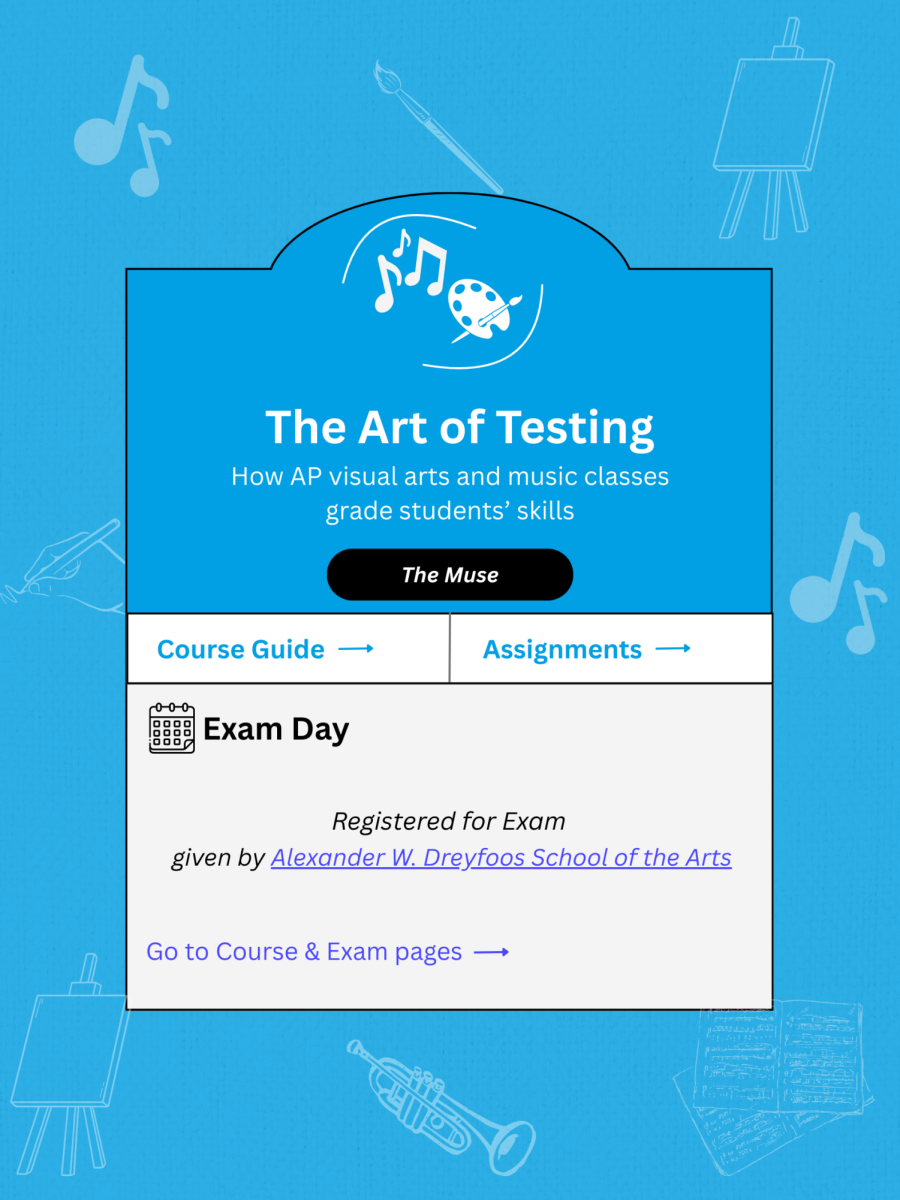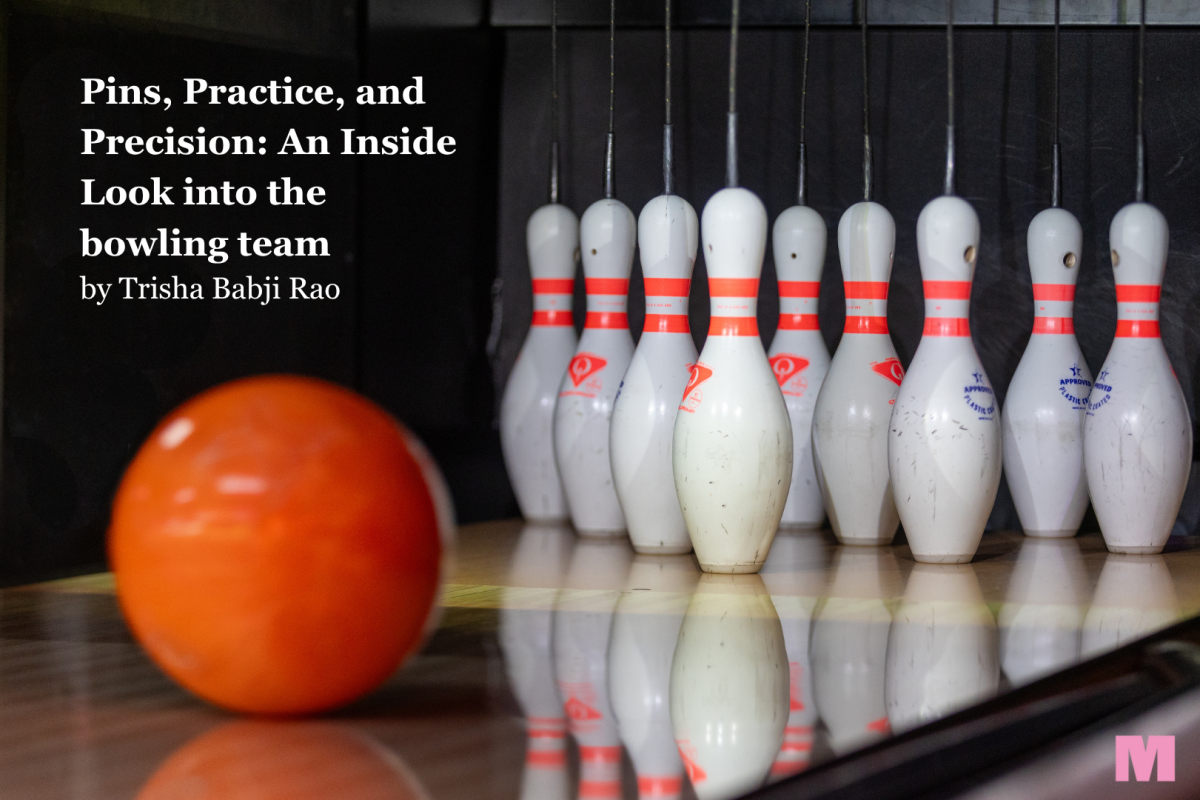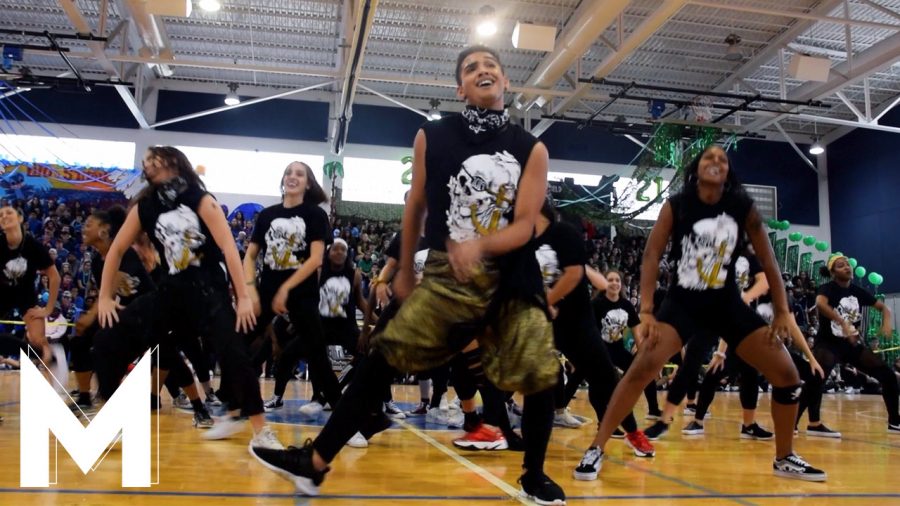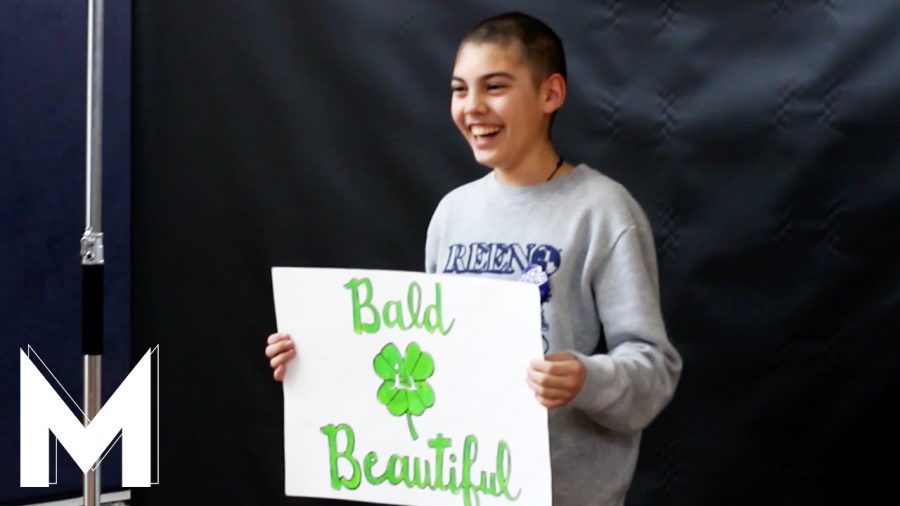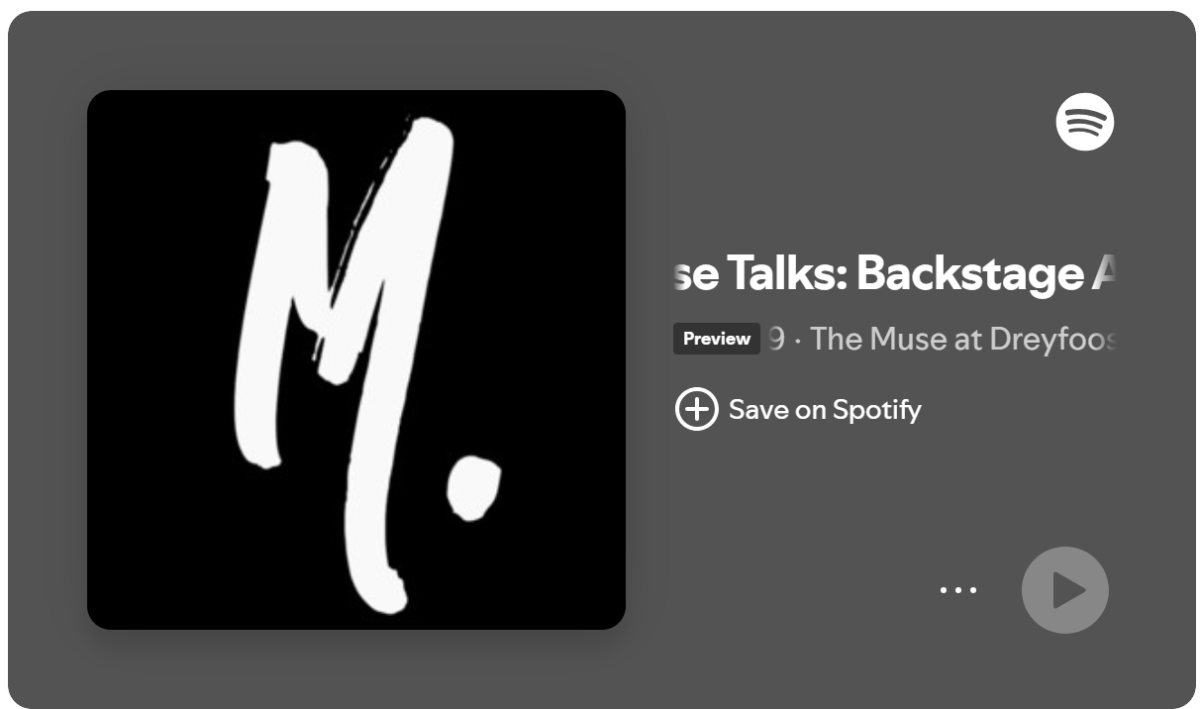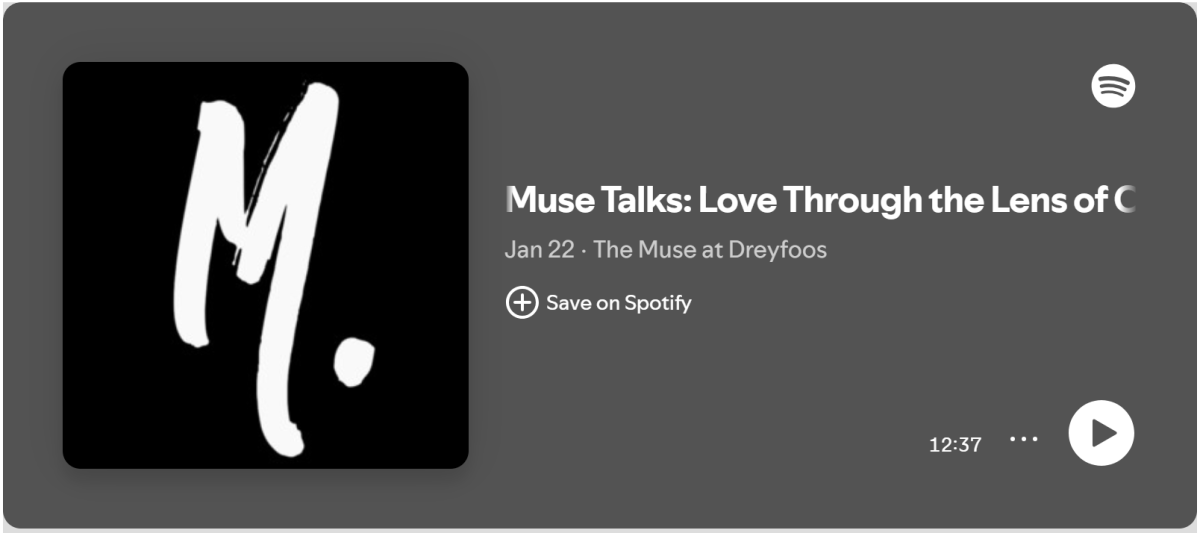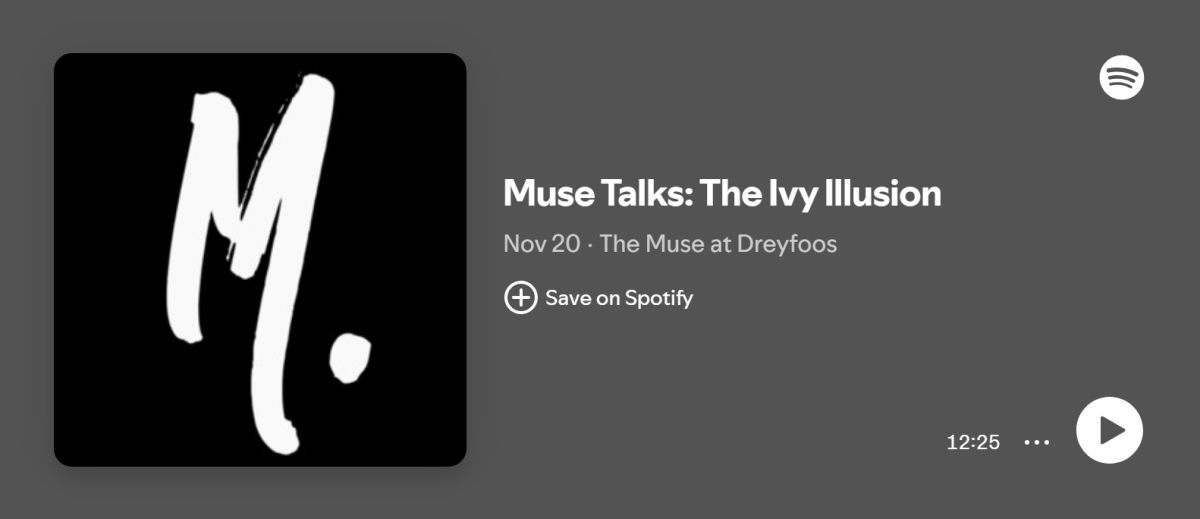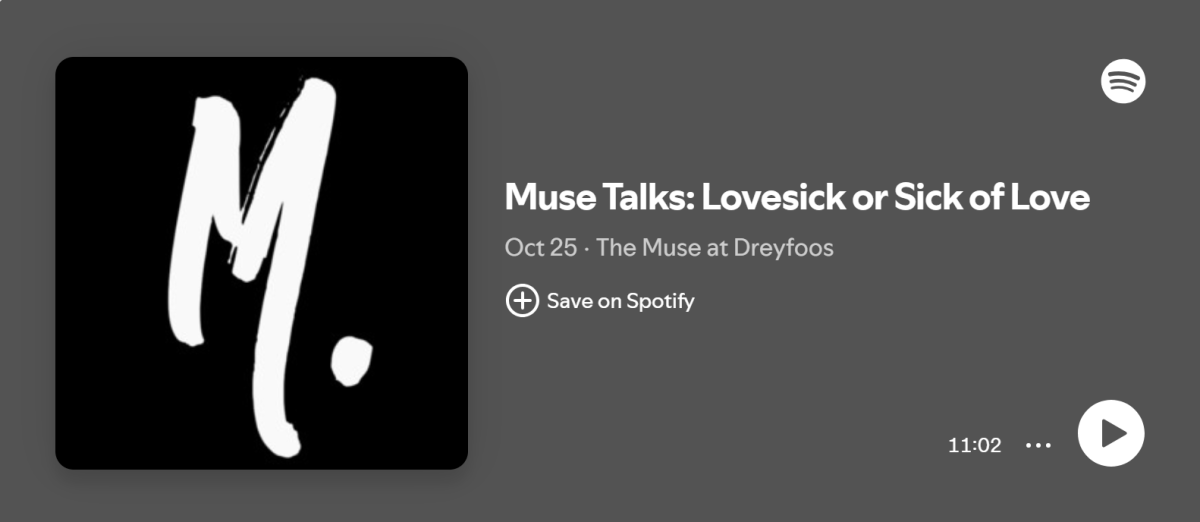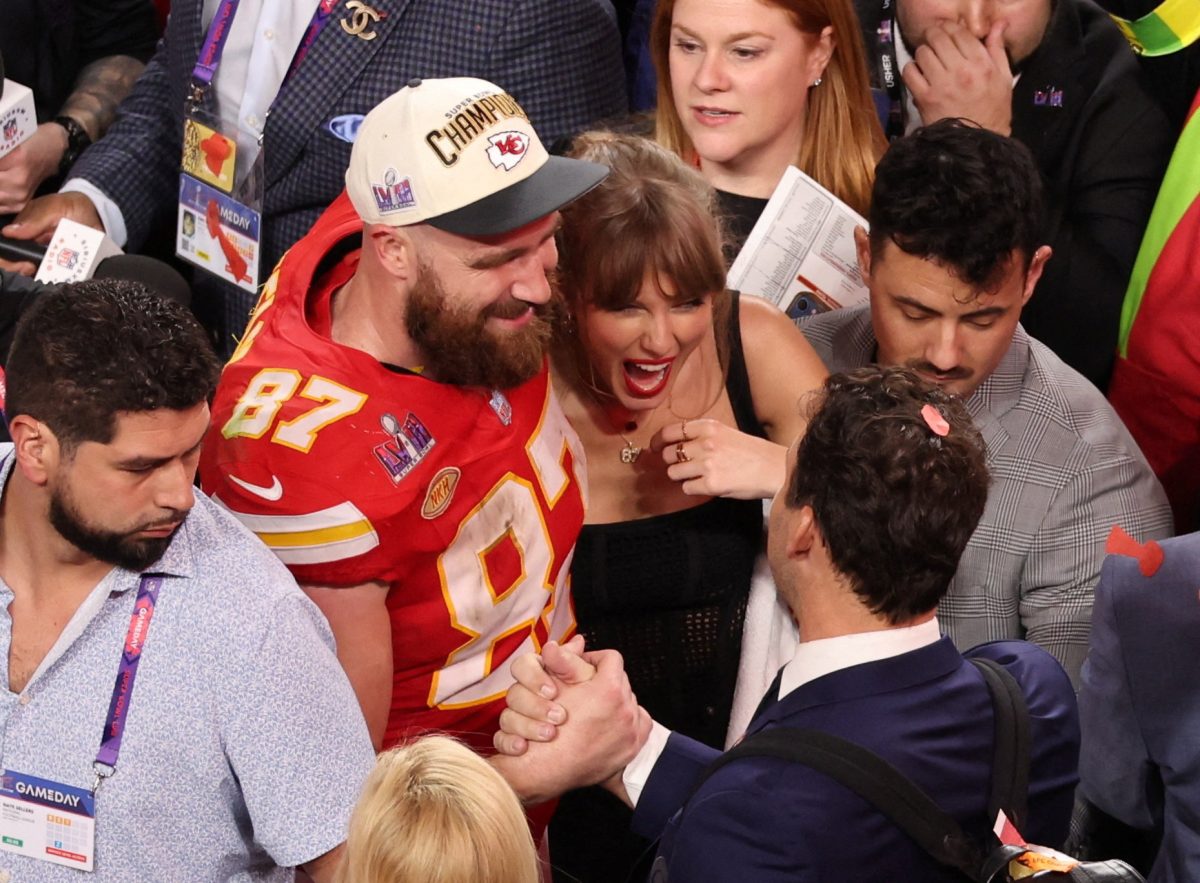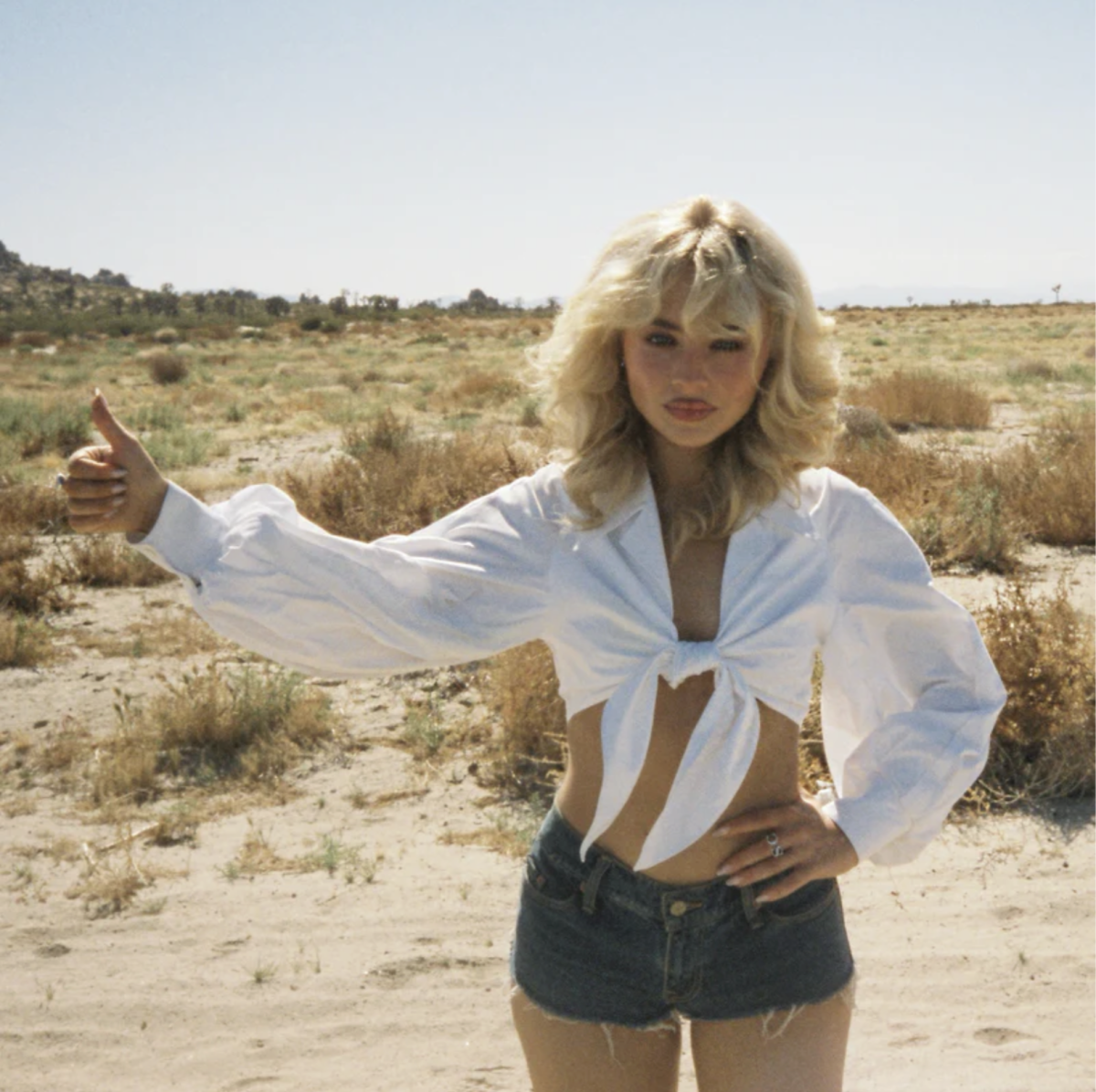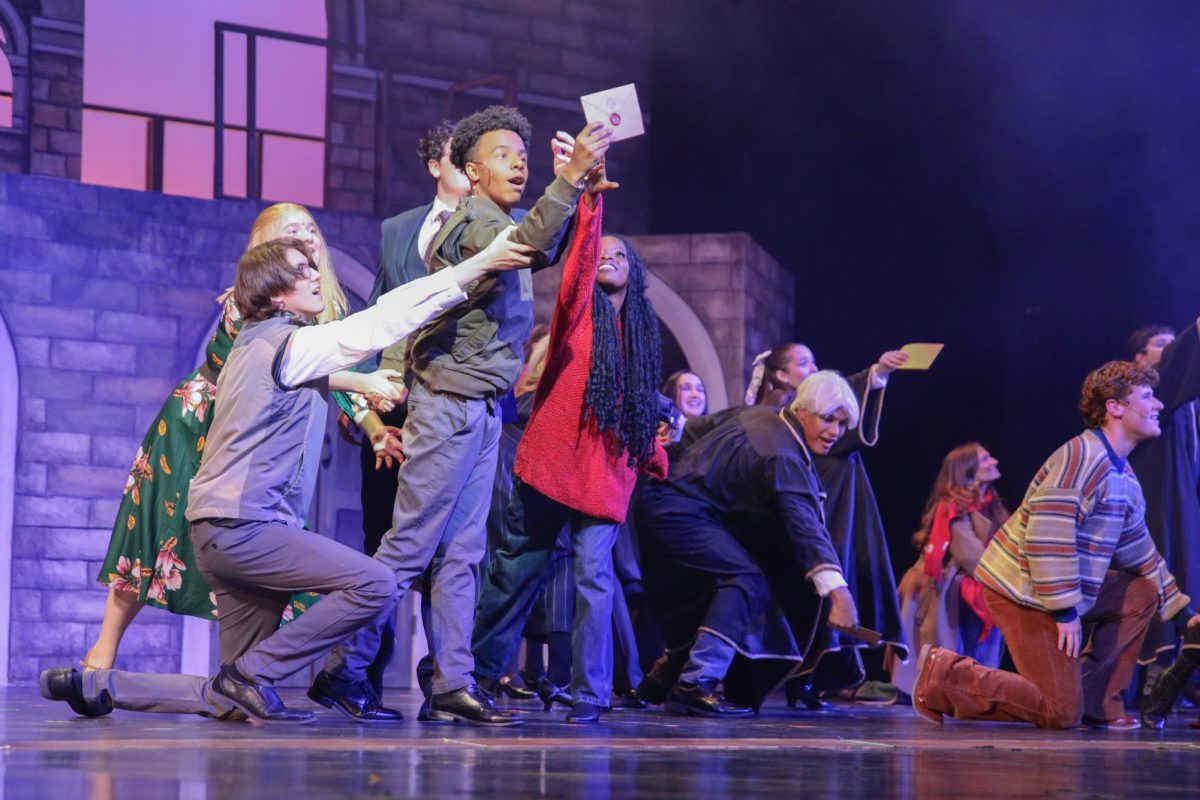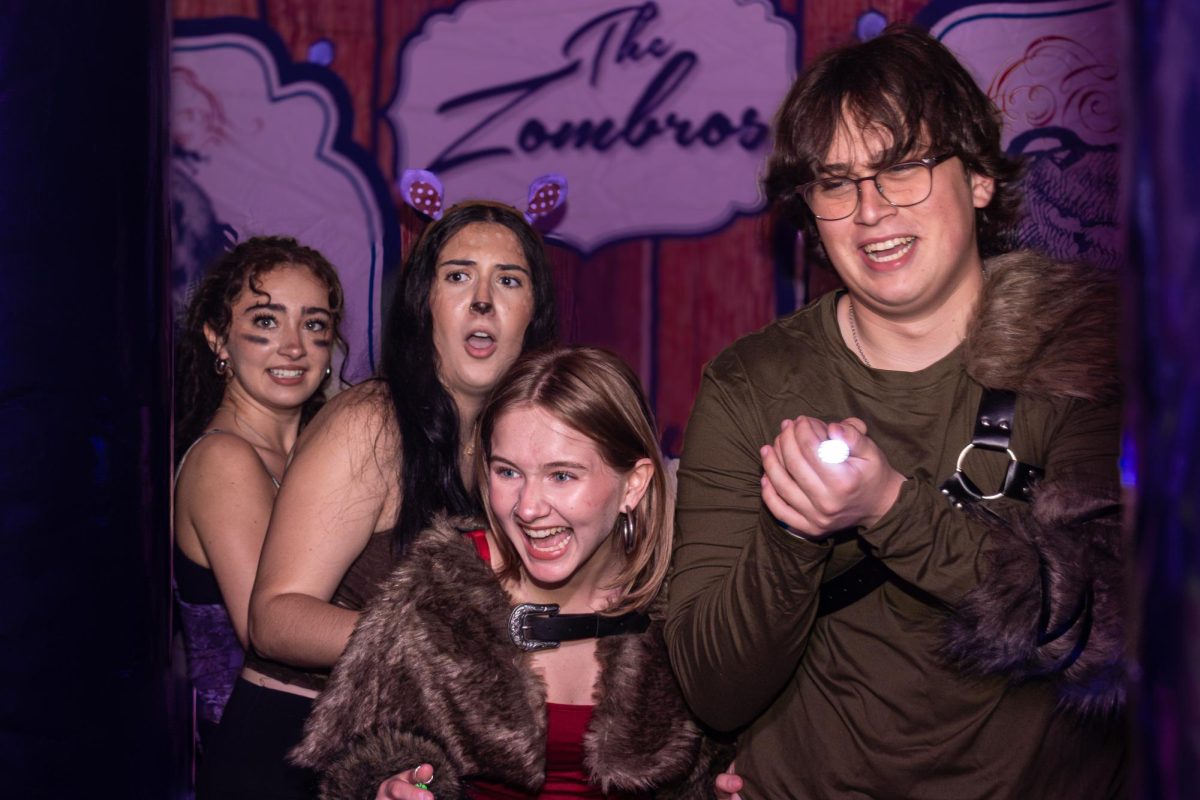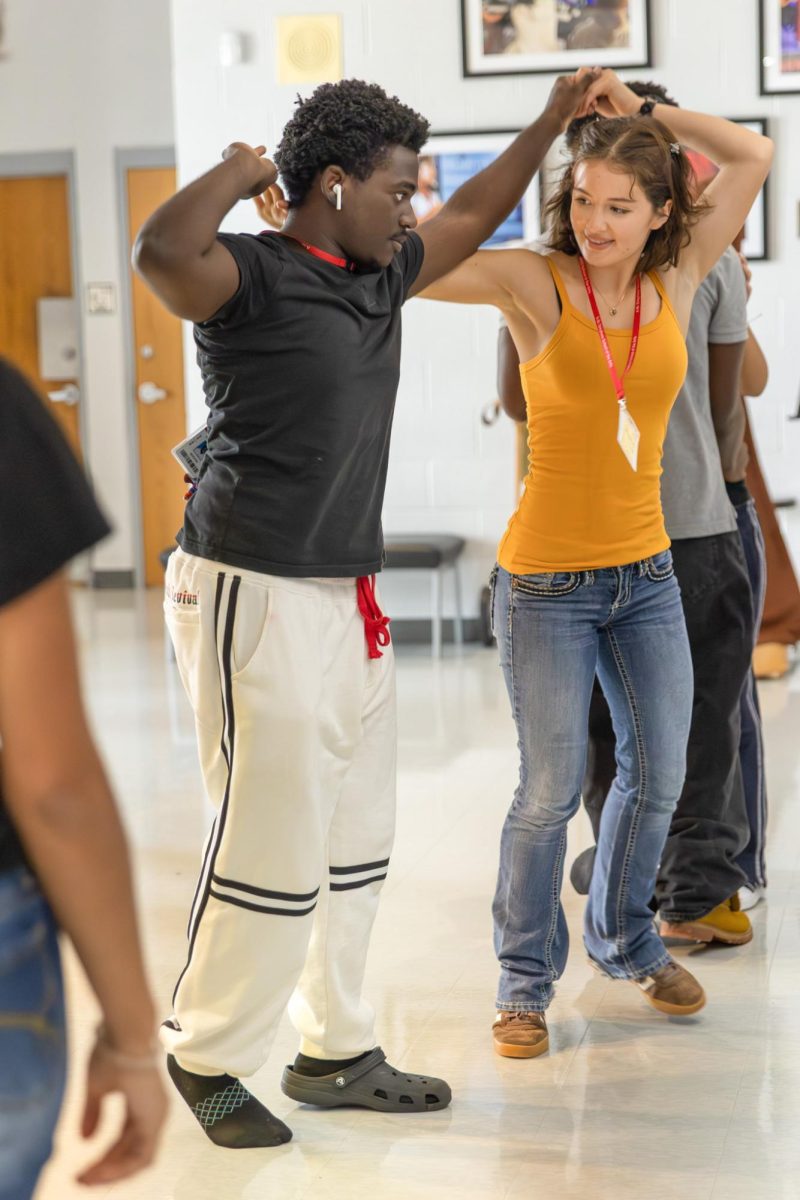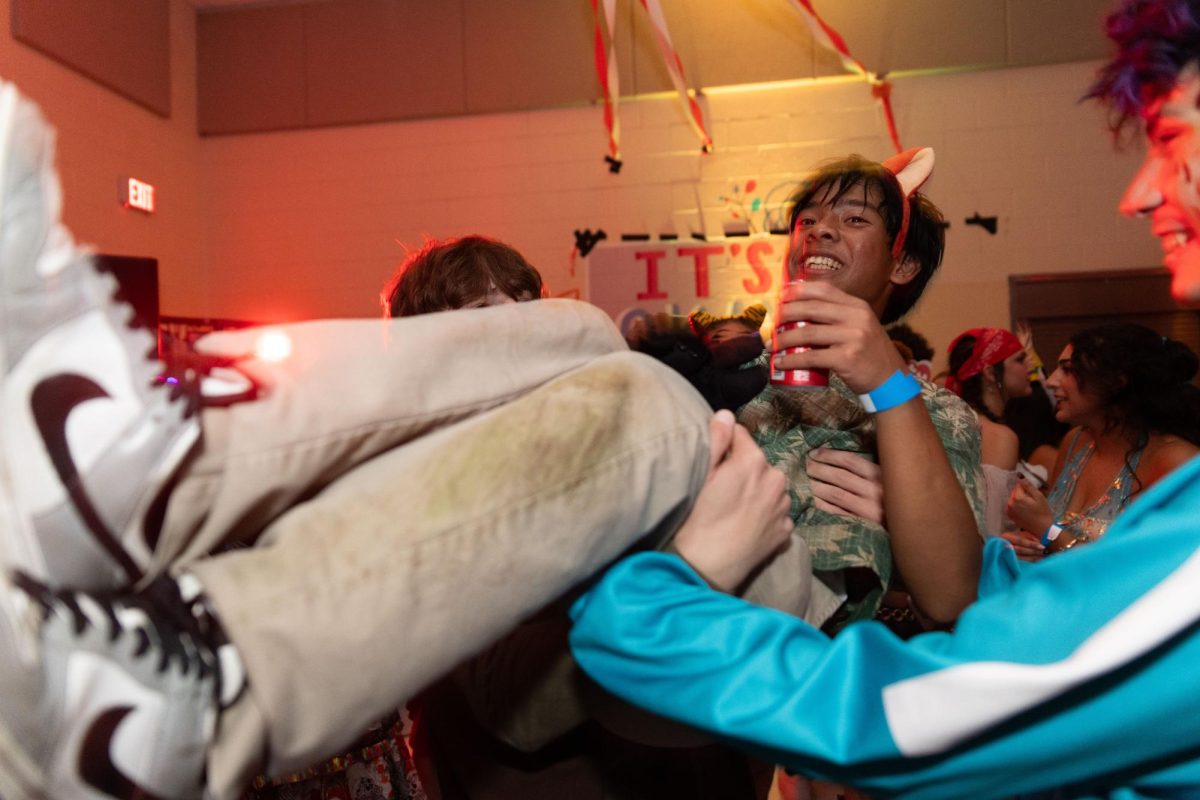A Thoroughly Modern Follow-Up
March 11, 2015
One week after I posted my much-circulated article (“Is Thoroughly Modern Millie Racist?”), I watched Dreyfoos’ production of “Thoroughly Modern Millie” in its entirety. While this piece (nor the last one) is not a review, I must say that it was a fantastic production. It’s worth noting that I was involved in the last two springtime musicals (“Guys and Dolls” and “Legally Blonde”) as a violinist in the pit orchestra, so I know foremost how much time and effort goes into pulling off a Broadway-quality production. However, this article—and my previous article—is about racism in entertainment.
Still, for all my opinion is worth, the department’s blood, sweat and tears really paid off. The stagecraft was intricate and looked as if it belonged not in a Florida high school, but in a proper Broadway venue. The pit orchestra’s boastful trumpets and dramatic timpani brought the roar of the ‘20s to life. The tap dancing delivered an extra element of fun to the stage. And the performances were, all around, some of the strongest I’ve ever seen.
Beyond all my plaudits, though, the elephant in the room beckons:
“Thoroughly Modern Millie” is still offensive.
I would love to say that, as the audience chuckled along to the henchmen’s submissive antics or their inability to pronounce the letter “L,” I could not help but notice that in 2015, we’ve achieved a post-racial society devoid of tired, harmful stereotypes—but that simply isn’t the case.
I sat in Meyer Hall with an open mind, hoping desperately not to succumb to confirmation bias. Throughout the entirety of the play, I tried rationalizing the authors’ intent as artistic and satirical. I worried that the language in my original story was perhaps too forceful. But after I saw the scene in which servants Bun Foo and Ching Ho reunited with their mother (accompanied by a cringe-worthy, piano-and-gong chopstick melody), my original opinion stood confirmed. Unfortunately, “Thoroughly Modern Millie” succeeds not in teaching about the perils of racism, but in offending instead.
If the character of Mrs. Meers (the villain) represents the deliberate stereotyping of minorities in theatre, then why are her two henchmen—who, at the end, oppose her—written as stereotypes? Admittedly, Bun Foo and Ching Ho are more fleshed out than “Oriental #1” and “Oriental #2” from the 1967 movie. They face a moral dilemma that, in theory, should make them more compelling and multidimensional. But instead, they are merely reduced to nimble-footed caricatures with little purpose other than soliciting collective “awwws” and laughs from the audience.
Racial humor is always going to toe a line. Edgy humor can work—take, for example, “The Book of Mormon”—while not the most appropriate play for a school setting, it succeeds as clever satire while discussing topical issues (such as HIV/AIDs and genital mutilation in Sub-Saharan Africa). It’s deliberately offensive—but the shock value is there for a purpose. In “Thoroughly Modern Millie,” however, the satire falls flat. The script as a whole carries no didactic value. But even socially incisive plays and TV shows, such as the otherwise brilliant Netflix series “Unbreakable Kimmy Schmidt” (which features a questionable depiction of an Asian character), demonstrate the ongoing difficulty in balancing ethnic stereotypes, laughs and taste in show business.
Therefore, I believe “Thoroughly Modern Millie” could have sufficed without the Asian subplot—I found its inclusion completely unnecessary, especially with the problems it created rather than solved. Even though I don’t know every single criterion for selecting performance material for Meyer Hall, I can see some of the reasons as to why the play, despite its controversial history, was chosen. Politically, the musical shared the same producer of recent Dreyfoos productions “Legally Blonde” and The Diary of Anne Frank. It was also performed at the popular French Woods Festival for the Performing Arts last summer. Most importantly, it allowed theatre students to really showcase their talents, from backstage technical feats to onstage musical extravaganzas.
Still, I think in the aftermath of “Milliegate,” it’s important to be conscious of stereotyping in the arts and the necessary, respectful discussions that must accompany controversial art. So on a closing note, while I have very little to no power over the selection of next year’s big musical, I think a Dreyfoos production of “Avenue Q” should be at least entertained. After all, “Everyone’s a Little Bit Racist.”

